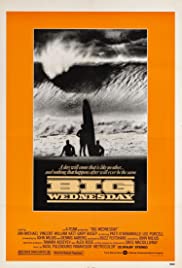
Three 1960s California surfers fool around, drift apart and reunite years later to ride epic waves.
You May Also Like
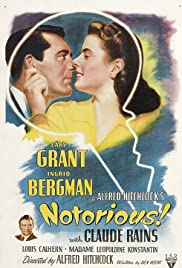
In order to help bring Nazis to justice, U.S. government agent T.R. Devlin recruits Alicia Huberman, the American daughter of a convicted German war criminal, as a spy. As they begin to fall for one another, Alicia is instructed to win the affections of Alexander Sebastian, a Nazi hiding out in Brazil. When Sebastian becomes serious about his relationship with Alicia, the stakes get higher, and Devlin must watch her slip further undercover.

Albert Lin and National Geographic Channel unearth the terrible secrets that lie hidden in the tomb of China’s first Emperor. The Terracotta Warriors are just the tip of the iceberg in this mausoleum the size of Manhattan, that has gone largely unexcavated…until now. These silent statues guard explosive, macabre findings that rewrite history and paint a very different picture of the ancient world from what we thought we knew.

Bachelor football star Joe Kingman seems to have it all. He is wealthy and carefree, and his team is on the way to capturing a championship. Suddenly, he is tackled by some unexpected news: He has a young daughter, the result of a last fling with his ex-wife. Joe must learn to balance his personal and professional lives with the needs of his child.

Janardhan a 28 year old Kannada Lecturer from Mangalore who is quite an introvert comes to know from an astrologer that he would attain sanyasa (embrace asceticism) if he doesn’t get married within a year. Hearing this Janardhan is now in a situation of trouble & desperation as he has never had a decent conversation with females until now in his life & all the proposals his family has seen also has gone in vain as he doesn’t look great,physically. Janardhan continues his search for a beautiful bride. In this journey he faces various situations & conflicts which in turn gives him a chance to revisit his inner core & experience his self discovery. Does Janardhan find his bride or does he attain spiritual path? forms the rest of the story.
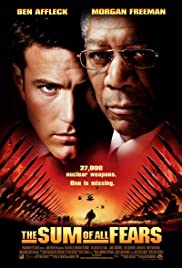
When the president of Russia suddenly dies, a man whose politics are virtually unknown succeeds him. The change in political leaders sparks paranoia among American CIA officials, so CIA director Bill Cabot recruits a young analyst to supply insight and advice on the situation. Then the unthinkable happens: a nuclear bomb explodes in a U.S. city, and America is quick to blame the Russians.

Four sisters come of age in America in the aftermath of the Civil War.

Wounded criminal Lucky Wilson takes refuge in a small Connecticut farm. He falls in love with the farmer’s daughter who at first is unaware of his criminal record. Lucky is fully prepared to shoot his way out when the cops come calling, but he is softened by the daughter’s affections.
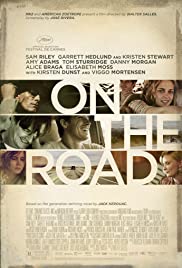
Dean and Sal are the portrait of the Beat Generation. Their search for “It” results in a fast paced, energetic roller coaster ride with highs and lows throughout the U.S.
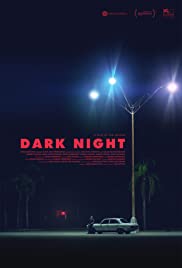
Dark Night enigmatically unfolds over the course of a lazy summer day, as it traces the events leading up to a mass shooting in a suburban multiplex. Abandoning the narrative confines of the true crime genre, the story is told through fragmented moments from the lives of several characters, whose fates are tragically intertwined. As the sky grows darker, the placid surface of daily life becomes disturbed by a lurking and inevitable horror.

A young Roman woman during the 1950s is on the verge of becoming engaged to a man. She goes to Cinecittà to do an audition as an extra and is thrust into this almost infinite night during which she discovers herself.